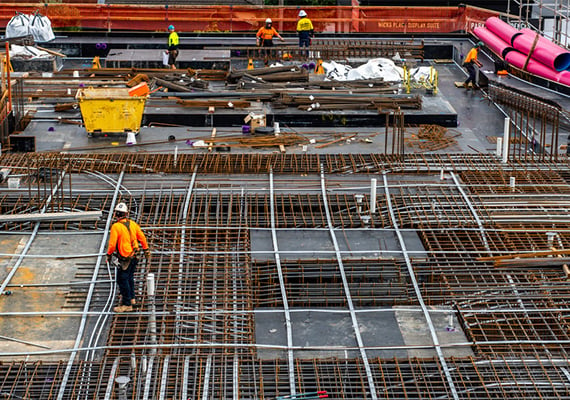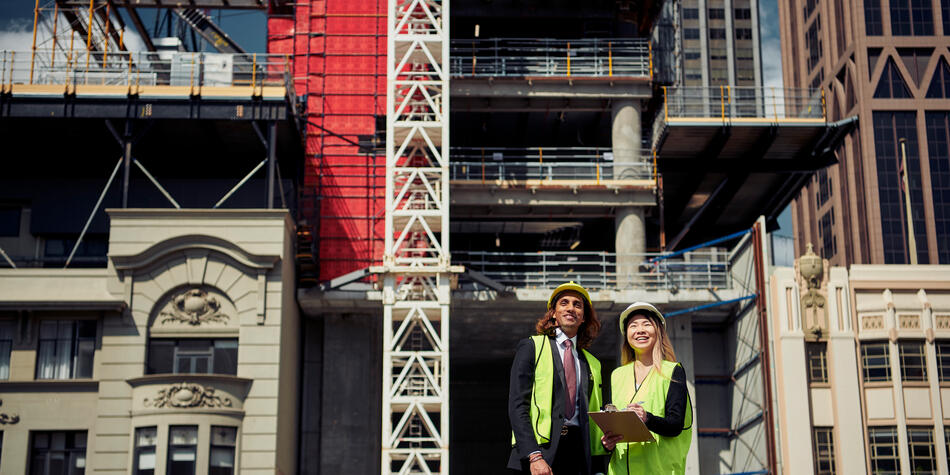Extensive research for the report drew on real-world experiences, including a survey and interviews with stakeholders. The report offers practical recommendations to drive the transformation to a circular economy, with examples from global front-runners.
The first recommendation is to learn from these nations. Most are in Europe.
A leading example is the Netherlands’ 'Cirkelstad'. This national platform connects key players in the transition to a circular economy in major cities. It provides a database of exemplary projects, research and policies, as well as training and advice.
Cirkelstad highlights the importance of broad collaboration, including research organisations. One outcome is the City Deal initiative. It has brought together more than 100 stakeholders with the shared goal of making circular construction the norm. They include government bodies, contractors, housing associations, clients, networks, interest groups and knowledge institutions.
We rarely see such collaboration in Australia. Connections between government, research and industry practices have been weak. Our universities compete fiercely.
In Denmark and Sweden, rigorous regulations have been effective in promoting circular practices. Denmark has incentives for the use of secondary materials such as recycled brick. It also promotes designs that make buildings easy to disassemble.
In Sweden, contractors must give priority to using secondary materials in public projects. Suppliers are evaluated based on their environmental impacts.
In Canada, Toronto is notable for its proactive approach. Measures include a cap on upfront carbon emissions for all new city-owned buildings.
Test beds and pilot projects have proven effective, too. A good example is the UK’s Waste House.
Waste House was built using more than 85% waste material from households and construction sites. Yet it’s a top-rated low-energy building. The project is an inspiration for architects and builders to challenge conventional construction methods and embrace circular practices.
Much of the focus of Finland’s circular economy initiatives is on construction and urban planning. Various policy tools and incentives encourage the use of recycled or renewable materials in construction. The renovation of Laakso hospital in Helsinki is a notable example.
Strategic zoning of public spaces can also be used to bolster circular economy activities. An example is the repurposing of urban land for activities such as waste sorting.


